If you’re just getting started in the kitchen, or you’ve cooked for a while but never really took the time to learn the basics, you might be missing out on some crucial techniques that’ll really help your food taste its best. These basic cooking techniques will help you produce the best tasting food possible.
If you’re interested in learning more about cooking basics, check out the following books:
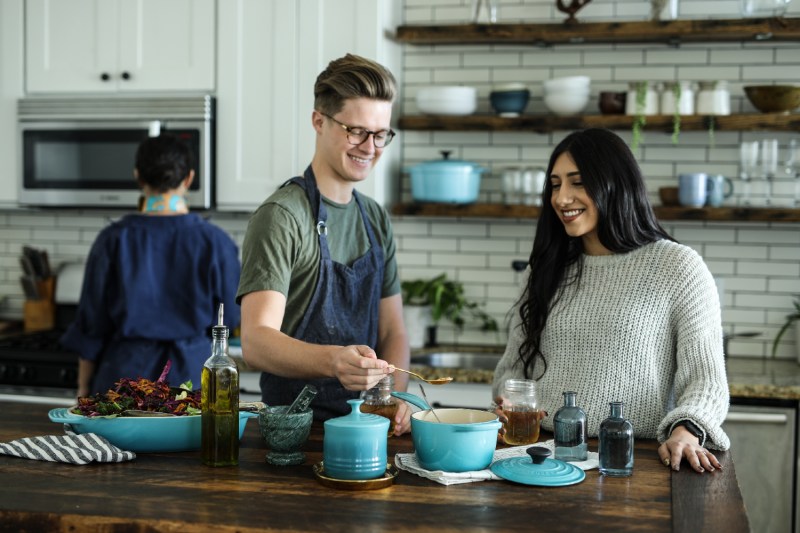
Season Your Food

This may seem simple, but hey, this is basic cooking techniques, right? Seasoning with salt improves the flavor of whatever dish you’re making. This is not because salt itself tastes good, but because salt brings out the flavor of whatever it is you’re cooking. Well-seasoned meat or vegetables will have more flavor than unseasoned meat or veggies. When seasoned correctly, your food shouldn’t really taste like salt.
When Is the Best Time to Season Your Food?
You should season food before it is cooked, and depending on the food, sometimes long before. For example, with meat, seasoning half an hour to an hour before will allow the salt time to be absorbed into the meat. If you only add salt to the finished, cooked product, you’re only adding a dusting on the outer layer.
If you really want the salt to absorb into the meat, consider brining. You might be familiar with this technique from brining your Thanksgiving turkey but it can be used on a whole variety of meats. Brine meat by soaking it in a solution of salt and other herbs and spices for a day or two to really absorb the flavor.
One thing to note: salt will draw water from whatever it’s applied to. If you’re sauteing food and want it to get a nice crispy exterior you’ll want to either add salt 1/2 an hour before cooking or after it’s cooked. In order to get that crispy exterior, you want the food to cook in a hot pan without extra liquid. If you toss peppers and onions into a pan and then add salt, they’ll cook, but the released moisture will prevent them from browning up nicely. This tip was mentioned by Samin Nosrat. Check out the video below to learn more.
Use Fat as a Vehicle for Flavor
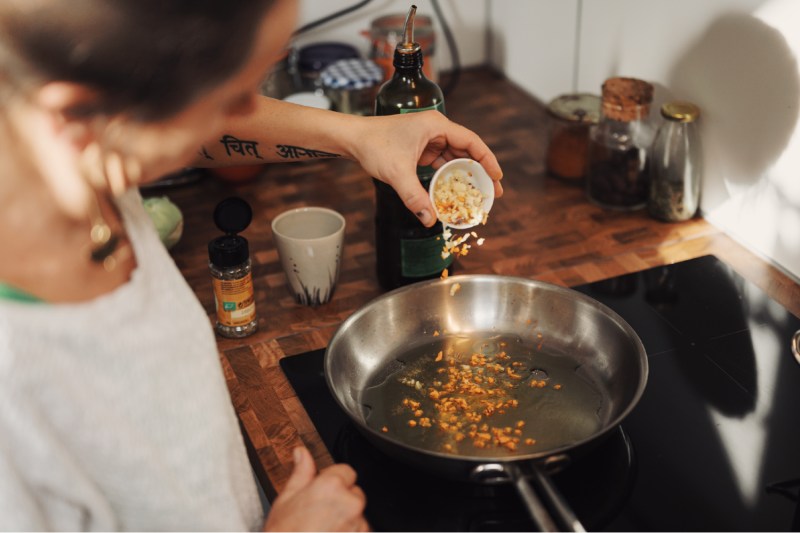
As the oil heats up it will absorb the flavor of whatever is in it. For this reason, fats like butter or oils can be great vehicles for flavor. Start by adding oil to a pan on the stovetop. Then add the ingredient you’d like to flavor the oil with. Dried spices can be added to the oil and they will “bloom” and infuse their flavor into the oil. Cook your veggies or meat in this flavorful fat for a delicious meal. Another great example is garlic. Add a few cloves of garlic to gently simmer in oil (maybe toss a few shallots in, too) and allow the oil to absorb this flavor. Then, remove the garlic or shallots before they burn, and use this flavorful oil to saute veggies for pasta or meat. You can also add this oil to dishes to flavor them. By infusing your fat with flavors you’ll achieve a greater depth of flavor and also be sure that everything is getting coated in that flavor.
Make Your Own Dressing
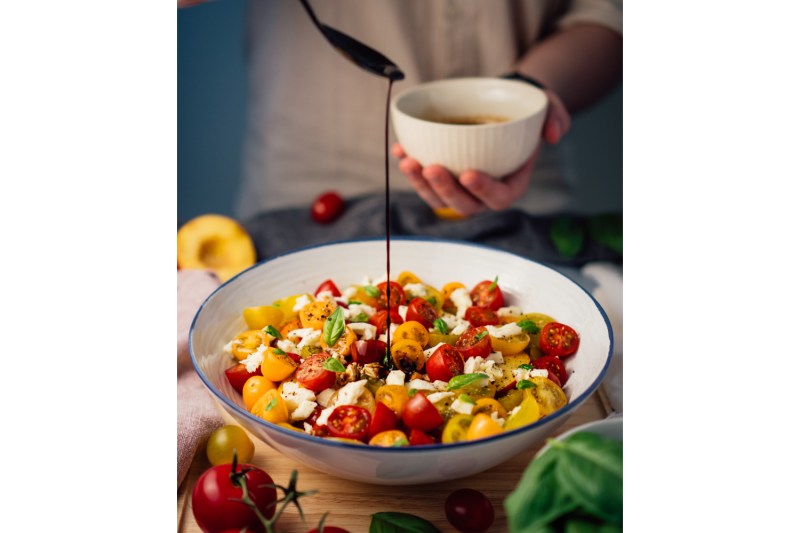
Sure, you can buy dressings at the store. But they’re super simple to make, cheaper than buying the store-brand stuff, and taste better. Plus you can customize them to become exactly what you want. Most dressings will include oil, vinegar, salt, pepper, and spices. Dijon mustard is another popular addition. You can add blue cheese, shallots, basil, sun-dried tomatoes, honey, citrus-like orange or lemon, whatever sounds good.
Brown Meat and Veg
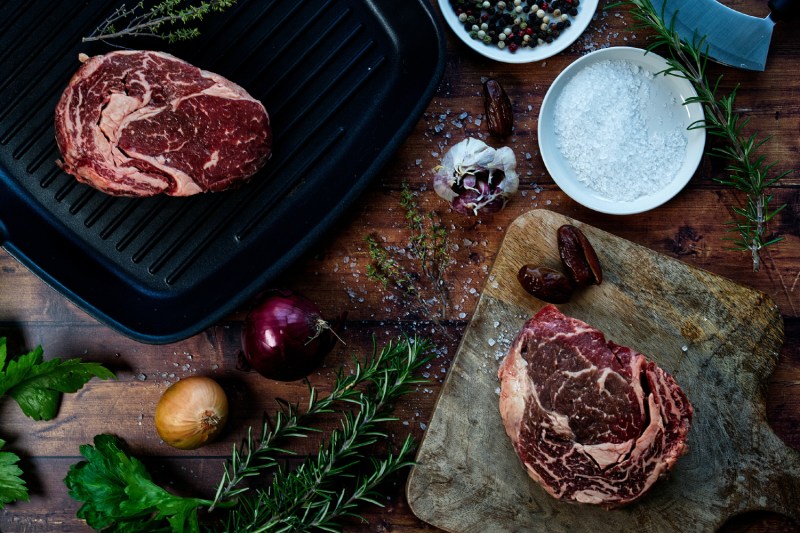
One of the easiest ways to create texture and lock in flavor is by browning food. This technique works great on everything from steaks to veggies. For meats, begin by heating up a pan on the stove. Add some oil or butter. Then add your meat. Cook it on both sides so that the exterior of the meat browns. This creates crispy edges and also helps seal the juices of the meat.
Another great option is to throw meat onto the grill or a grill pan. The hot surface will again cause the meat to develop delicious crispy bits and will also lock in flavor. Same for veggies. Going to make some roasted potatoes? Throw them into a pan on high heat to brown the exterior before popping them in the oven to cook all the way through. You’ll enjoy the dimensions of texture and flavor this technique achieves.
Pickle Your Own Veggies
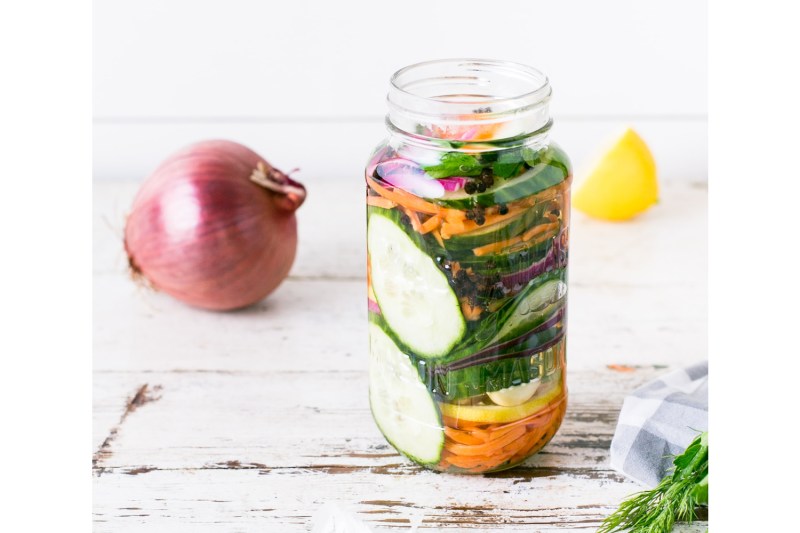
Pickled vegetables make a great addition to meals, adds tons of flavor, and are super easy to make. Begin by combining water, vinegar, garlic, peppercorn, and mustard seeds. You can customize this brine with whatever else you’d like. Heat the mixture on the stove.
Next, chop your veggies into slivers (carrots, onion, radish, peppers all make great choices). Add your veggies to a jar, pour the hot brine over, let cool, and place in the fridge. The longer your veggies sit in the liquid the softer and brinier they’ll get. Pickling doesn’t have to take a long time, you could pickle some vegetables at lunchtime and have them ready to go by dinner. Best of all, they keep for a long time in the fridge, so you’ll have them on hand when you need them. Then, whenever you want to add a little flavor and crunch to a meal, you’ve got them available. Check out It’s Alive! below to see an example.
Use Your Cooking Liquid or Juices Again
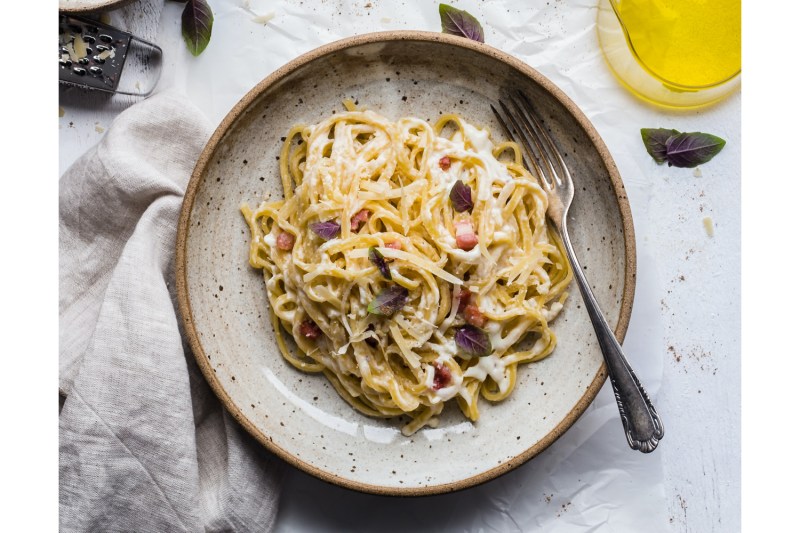
This is a great tip that really doesn’t require any additional equipment or time from you. The trick is to use your cooking liquid again. When making pasta use some of the water you cooked your pasta in to make your sauce. The starch in the water seasons and brings together the sauce, ultimately helping it taste far better than if you just used plain water.
Another example of this is to use the juices from cooking meat. Roasted a chicken in the oven? Don’t just discard the cooked juices from your chicken. Use them to flavor a sauce or make a stock that you can then use to cook pasta or beans. Any food that absorbs liquid as it cooks will taste better absorbing flavorful liquid than it will be absorbing just plain water. Makes sense, right?
Make Good Bacon
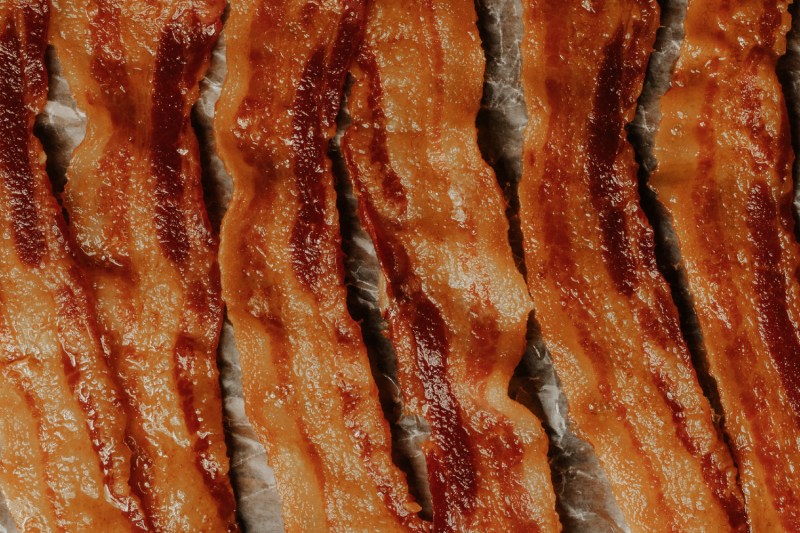
Bacon can be delicious when it’s done right and disappointing when it’s not. Begin with a cold oven. Take your bacon out of the package, place it onto a pan, and put it in the oven while the oven is off. Then set your temp. and begin cooking. This brings the bacon up to temp. slowly and helps prevent the bacon from shrinking into tiny miniature bacon strips.
To crisp up bacon using a sheet pan can be great, as the fat that renders off the bacon helps it cook. But be careful, it’s easier to burn bacon this way. If you don’t like crispy bacon, consider a pan that has slits, and a tray beneath, to drain off the oil.
If you want to cook it on the stovetop, no worries. Check out the video below to see the best way to do it.
Utilize Time
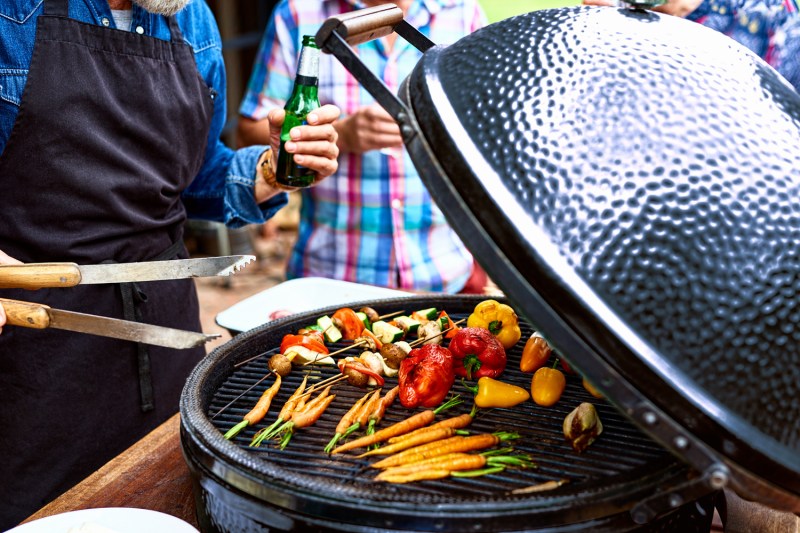
One of the best ways to get juicy meat that’s super flavorful is to cook it slowly. You can use one of these awesome smokers or slow cook inside, whatever works best for you. Slow cooking is great with meats like brisket, pulled pork, or pork shoulder. Check out the video from Babish below where he makes some tasty-looking pulled pork.


